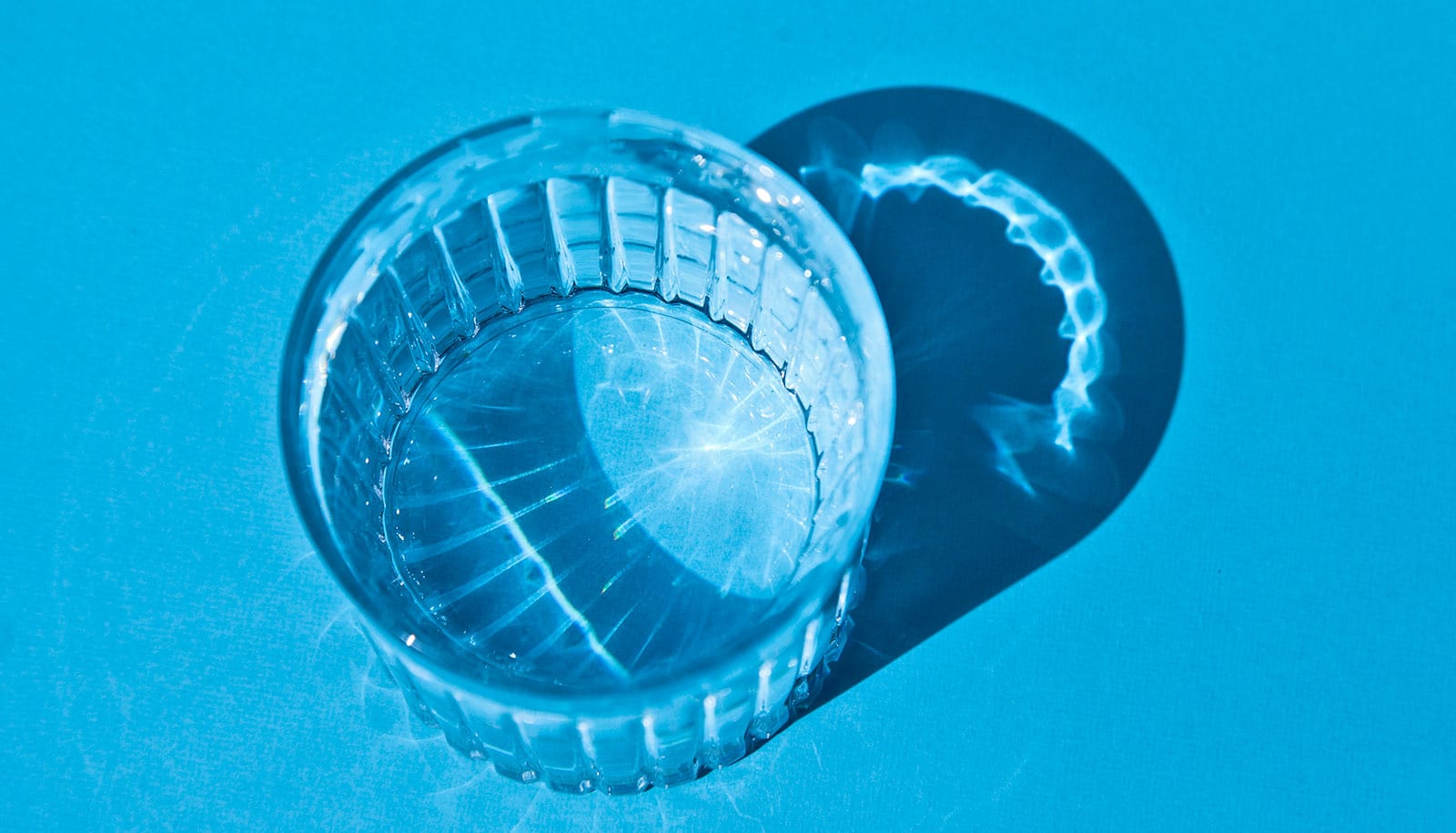Researchers have developed the first eco-friendly technology to rapidly capture and destroy toxic “forever chemicals” in water.
The findings in Advanced Materials mark a major step toward addressing one of the world’s most persistent environmental threats.
What are forever chemicals?
Forever chemicals (PFAS, short for per- and polyfluoroalkyl substances), are synthetic chemicals first manufactured in the 1940s and used in products ranging from Teflon pans to waterproof clothing and food packaging.
Their ability to resist heat, grease, and water has made them valuable for industry and consumers. But that same resistance means they do not easily degrade, earning them the nickname “forever chemicals.”
Today, PFAS are found in water, soil, and air around the globe. Studies link them to liver damage, reproductive disorders, immune system disruption, and certain cancers. Efforts to clean up PFAS have struggled because the chemicals are difficult to remove and destroy once released into the environment.
Limits of current tech
Traditional PFAS cleanup methods typically rely on adsorption, where molecules cling to materials like activated carbon or ion-exchange resins. While these methods are widely used, they come with major drawbacks: low efficiency, slow performance, limited capacity and the creation of additional waste that requires disposal.
“Current methods for PFAS removal are too slow, inefficient, and create secondary waste,” says Michael S. Wong, a professor at Rice University’s George R. Brown School of Engineering and Computing.
“Our new approach offers a sustainable and highly effective alternative.”
A breakthrough material
The new innovation centers on a layered double hydroxide (LDH) material made from copper and aluminum, first discovered by Keon-Ham Kim, professor at Pukyung National University in South Korea, as a graduate student at the Korea Advanced Institute of Science and Technology (KAIST) in 2021.
While experimenting with these materials, Youngkun Chung, a postdoctoral fellow under the mentorship of Wong, discovered that one formulation with nitrate could adsorb PFAS with record-breaking efficiency.
“To my astonishment, this LDH compound captured PFAS more than 1,000 times better than other materials,” says Chung, a lead author of the study and now a fellow at Rice’s WaTER (Water Technologies, Entrepreneurship and Research) Institute and Sustainability Institute.
“It also worked incredibly fast, removing large amounts of PFAS within minutes, about 100 times faster than commercial carbon filters.”
The material’s effectiveness stems from its unique internal structure. Its organized copper-aluminum layers combined with slight charge imbalances create an ideal environment for PFAS molecules to bind with both speed and strength.
To test the technology’s practicality, the team evaluated the LDH material in river water, tap water and wastewater. In all cases, it proved highly effective, performing well in both static and continuous-flow systems. The results suggest strong potential for large-scale applications in municipal water treatment and industrial cleanup.
Capture and destroy
Removing PFAS from water is only part of the challenge. Destroying them safely is equally important. Working with Rice professors Pedro Alvarez and James Tour, Chung developed a method to thermally decompose PFAS captured on the LDH material. By heating the saturated material with calcium carbonate, the team eliminated more than half of the trapped PFAS without releasing toxic by-products. Remarkably, the process also regenerated the LDH, allowing it to be reused multiple times.
Preliminary studies showed the material could complete at least six full cycles of capture, destruction and renewal, making it the first known eco-friendly, sustainable system for PFAS removal.
“We are excited by the potential of this one-of-a-kind LDH-based technology to transform how PFAS-contaminated water sources are treated in the near future,” Wong says.
Support for this research came from the Basic Science Research Program through the National Research Foundation of Korea funded by the Ministry of Education, grants from the National Convergence Research of Scientific Challenges, and the Sejong Science Fellowship through the National Research Foundation of Korea and funding from the Ministry of Science and ICT. This work was also funded by Saudi Aramco-KAIST CO2 Management, Nanosystems Engineering Research Center for Nanotechnology-Enabled Water Treatment (NEWT), the US Army Corps of Engineers’ Engineering Research and Development Center grant, Rice Sustainability Institute, and Rice WaTER Institute.
Source: Rice University



